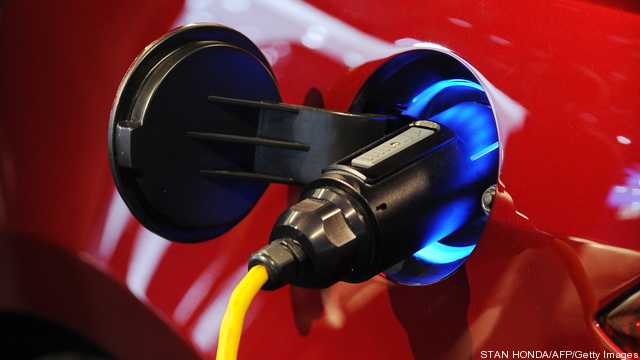
If it’s true that it takes a crisis to force change then the US car manufacturing sector understands this better than anyone. Detroit has undergone a renaissance in the wake of the global economic and financial meltdown, broadening their offerings to include more fuel efficient passenger vehicles, hybrid models and electric cars.
“We are experiencing technological changes in automobiles that I have not seen in my lifetime,” said Ford Motor Company Chairman Bill Ford at a recent reception to promote Ford’s partnership with sustainability innovator SHFT.com. AOL Huffington Post is also a founding partner of the site. Keep reading →








